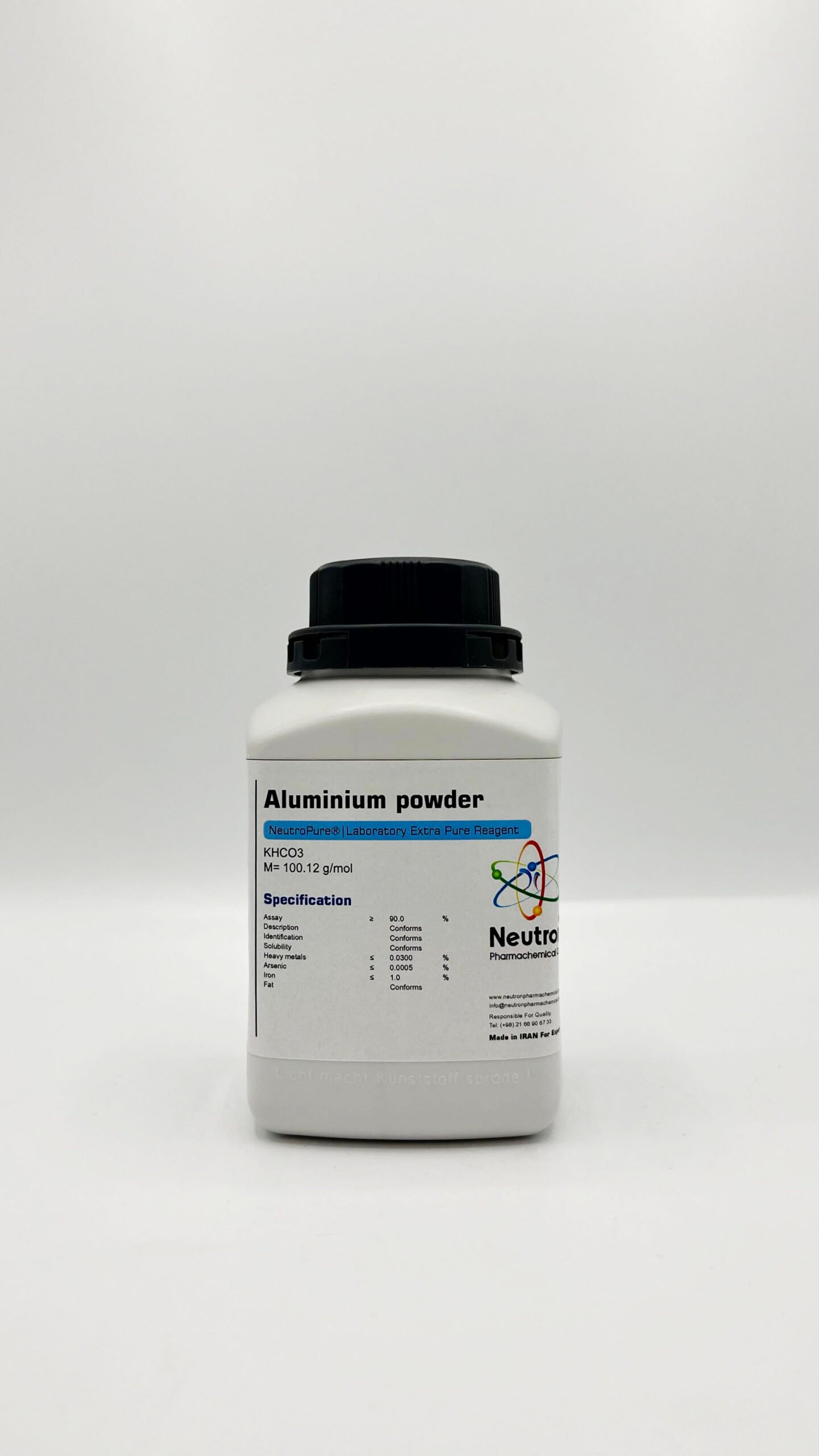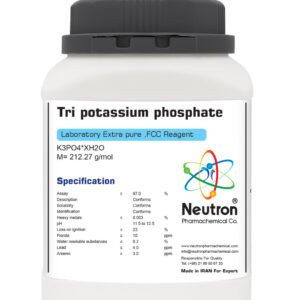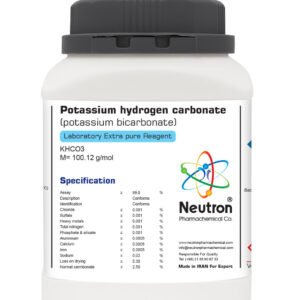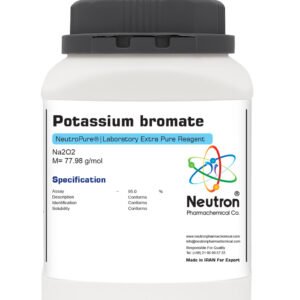پودر آلومینیوم
| Chemical formula | Al |
| Density | 2.7g/cm3 |
| Molar mass | 26.98 g/mol |
| HS Code | 76032000 |
| CAS number | 7429-90-5 |
| Storage | without limitations |
| EC number | 231-072-3 |
| SDS | available |
| RTECS | BD0330000 |
| R phrase | R 10-15 |
| S phrase | S 7/8-43.6 |
| Odour | odourless |
| Form | powder |
| Color | silvery |
| pH value | 6- 8 (100 g/l 20°c) |
| Solubility in water | reaction (20°c) |
| Melting point | 660 °C |
| Boiling point | 2467 °C |
| Assay | ≥ | 90 | % |
| Description | Conforms | ||
| Identification | Conforms | ||
| Solubility | Conforms | ||
| Heavy metals | ≤ | 0.03 | % |
| Arsenic | ≤ | 0.0005 | % |
| Iron | ≤ | 1 | % |
| Fat | Conforms |
Aluminum powder is a fine, silvery-gray metallic powder widely used for its lightweight, high reflectivity, and excellent thermal and electrical conductivity. It plays a crucial role in industries such as pyrotechnics, metallurgy, and coatings.
🏭⚗️ Production
Aluminum powder is typically produced by atomizing molten aluminum or by mechanically grinding aluminum flakes or chips into a fine powder. The particle size and shape can be controlled during production to suit specific applications, ranging from spherical to irregular particles.
🔬 Properties
The chemical symbol is Al, with a molar mass of approximately 26.98 g/mol for elemental aluminum. Aluminum powder appears as a lightweight, grayish metallic powder that is highly reactive, especially when finely divided, due to its large surface area. It is non-magnetic, has a melting point of 660.3 °C, and forms a thin oxide layer that protects it from rapid oxidation under normal conditions.
🧪 Applications
Aluminum powder is extensively used in pyrotechnics and explosives for its high energy release upon combustion. It serves as a pigment and brightening agent in paints and coatings due to its reflective properties. It is also a key component in metallurgical processes such as thermite reactions and in manufacturing lightweight metal composites and additives in 3D printing materials.
⚠️ Safety
Aluminum powder is highly flammable and poses explosion hazards, especially when dispersed in air as a fine dust. It can cause respiratory irritation upon inhalation, and prolonged exposure may affect lung function. Proper handling includes using explosion-proof equipment, wearing protective masks and goggles, and ensuring adequate ventilation. Storage should be in cool, dry conditions away from sources of ignition and incompatible substances.





